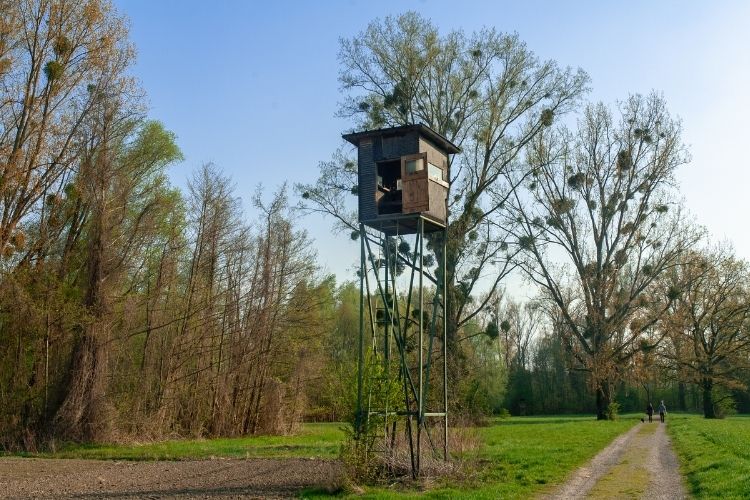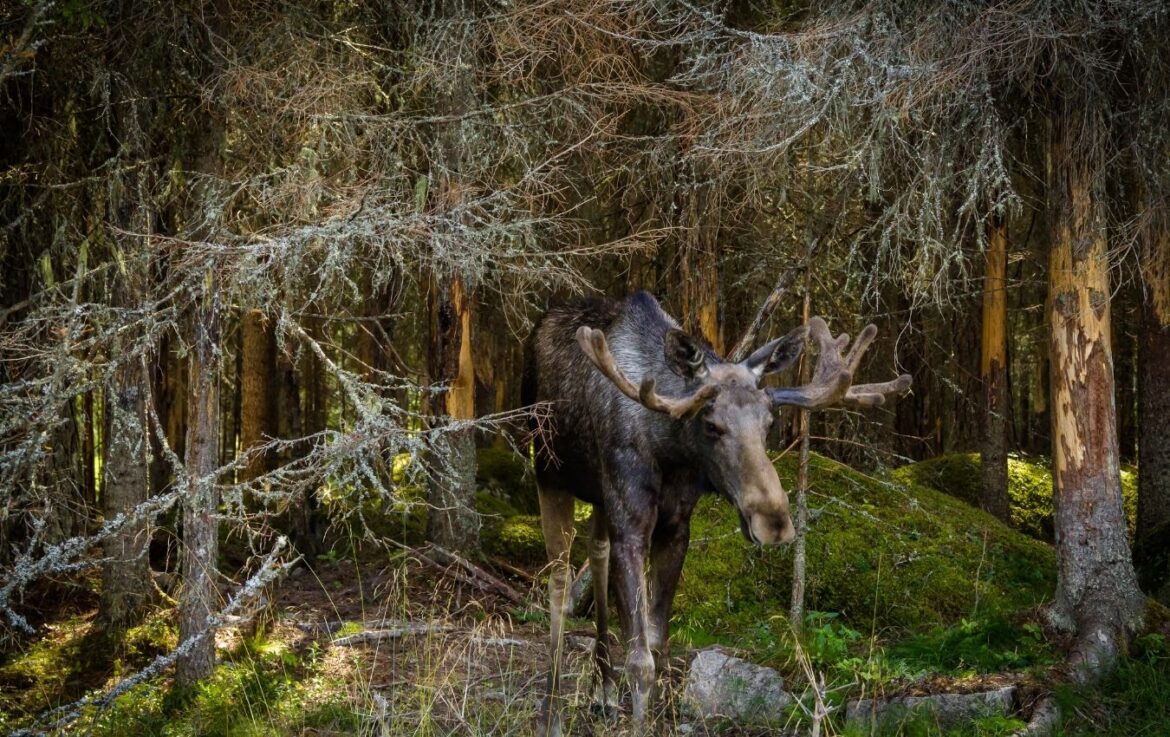Table of Contents
In the world of moose hunting there are an array of strategies and methods that consistently change depending upon location, season date, and weapon used. Knowing what methods to utilize at certain times of the year can drastically improve the chances of success. Some of the better known tactics are still hunting, stand hunting, and spot and stalk. Other methods, more accustomed to remote wilderness adventures in places like Alaska, are float hunting and bush plane spike camps.
Still Hunting
Still hunting involves finding an area with lots of fresh, quality moose sign and simply moving slowly through the vicinity while carefully watching and listening for any indication that a moose may be nearby.
This technique works well in areas of limited visibility such as hills and valleys having high concentrations of 10 to 15 high saplings, and the earlier part of the hunting season, especially during the rut. It is at this time that the mature bulls will be on the constant move in the search for cows. Slipping along areas of thick cover or watering holes are some great places one might intercept a roaming bull.
Stand Hunting

Stand hunting is exactly what the name suggests. It involves sitting in a one place, such as a treestand or ground blind, in areas of abundant moose activity. Typically these stands are located over watering holes or food sources. Coupled with a little bit of patience and proper stand placement, this method could present some great opportunities for success, particularly during the rut when moose calling can work wonders.
This method is best used in areas with good visibility, and is particularly suited to archery hunting. In these situations, the moose come to the hunter. Having previously cleared shooting lanes and noting appropriate range markers will really help to shift the odds in the hunters favor.
Spot and Stalk
The spot and stalk technique is more of a long distance approach to hunting. As a result, it works much better in flatter terrain or higher areas that offer a good overview of opposite and adjacent ridgelines and valleys. This approach requires the assistance of some quality, and in some cases, high-powered optics.
Binoculars can do the trick, but, for more distant glassing, a good spotting scope accompanied by a good tripod will work much better. This type of hunting is best used in the later parts of the year such as November.
With the bright colors of fall having all but receded to the forest floor, moose will be easier to spot from a neighboring hillside. This is particularly true if the winter season is gracious enough to provide a blanket of snow; allowing a big, black-haired moose to stick out like a sore thumb.

